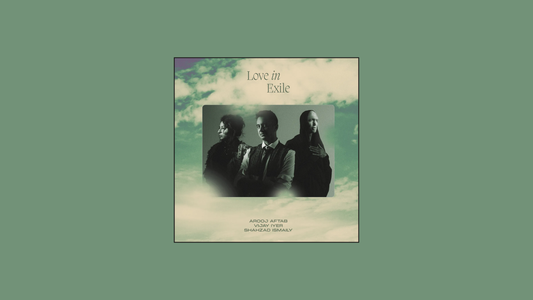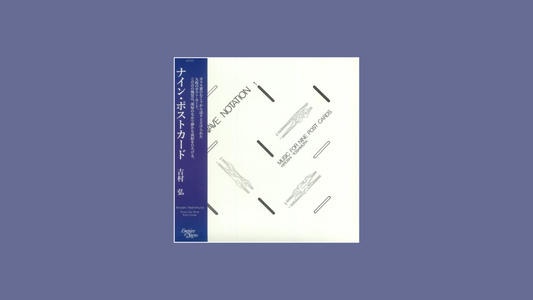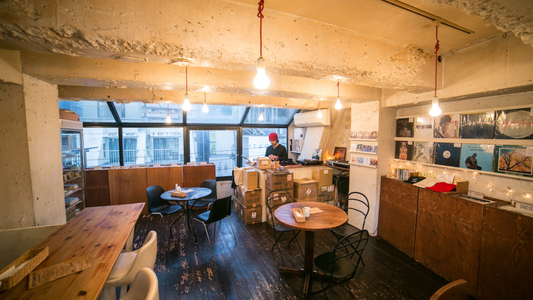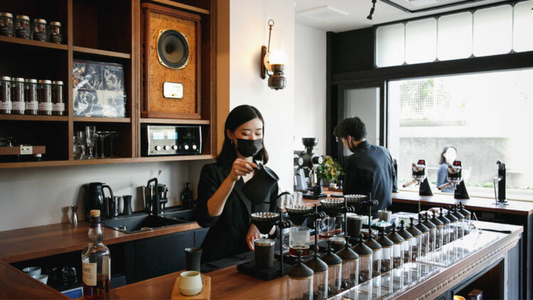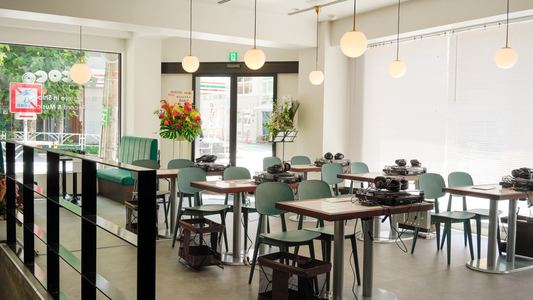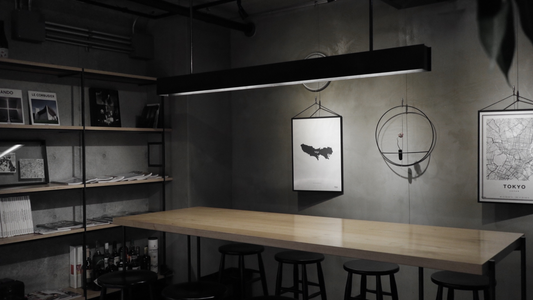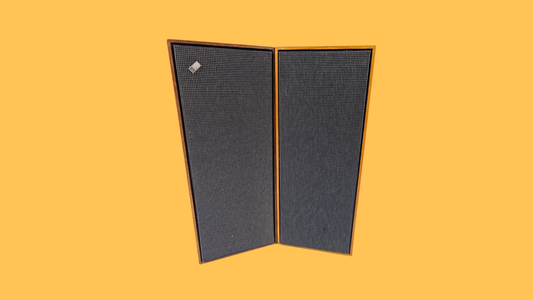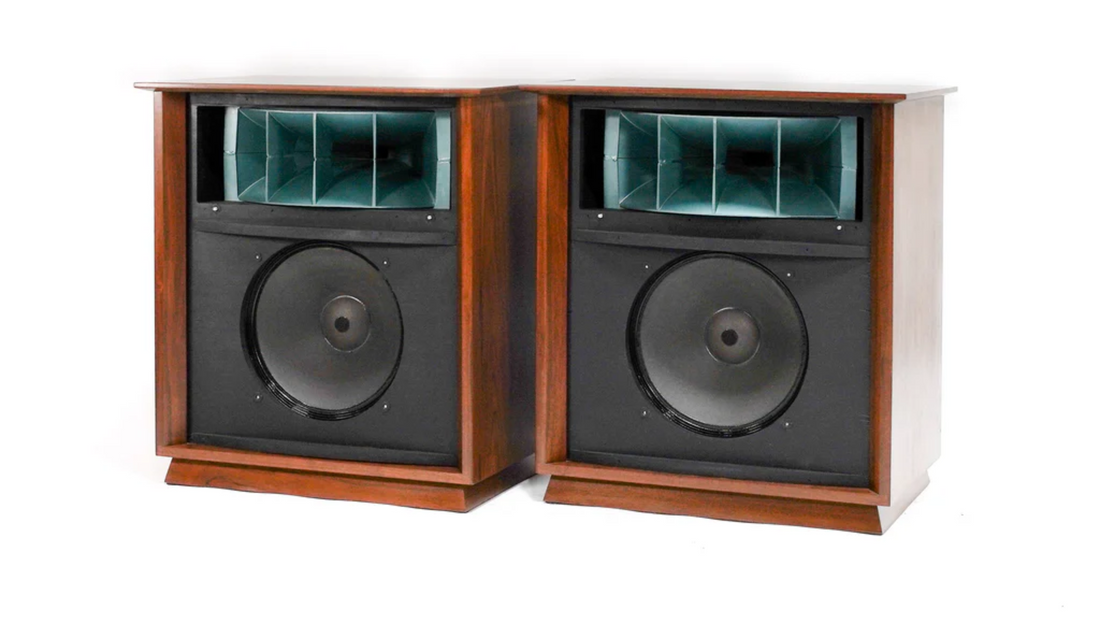
Altec Lansing — Voice of the Theatre, Voice of the Bar
By Rafi Mercer
There are speakers that play music, and there are speakers that perform it. Altec Lansing’s Voice of the Theatre systems belong to the latter. Towering cabinets, horn-loaded, unapologetically industrial, they were designed in the 1940s to project sound across vast cinemas. Yet decades later, many of them found their way into smaller, darker rooms: the jazz kissaten of Japan, and later, the listening bars of Europe and America. To sit in front of an Altec in such a setting is to feel history compressed into presence — cinema-scale sound reshaped for the intimacy of a drink and a record.
The origin is cinematic. In 1945, MGM approached Altec Lansing with a problem: audiences were demanding higher fidelity in theatres, and existing loudspeakers couldn’t keep up. The engineers responded with the A4 system — a massive horn design capable of throwing dialogue and music clearly to the farthest rows. Soon, the Voice of the Theatre range became standard issue in cinemas across America. Big, bold, efficient, they turned projection booths into sonic command centres.
But the story didn’t stop in the cinema. By the 1960s and 70s, Japanese audiophiles began importing discarded Altec theatre systems, installing them in cafés and bars dedicated to deep listening. In spaces barely larger than a living room, A7 and A5 cabinets filled the air with sound that was less reproduced than embodied. Horns shouted, bass bins thumped, music arrived with the authority of a stage performance. For patrons sipping whisky in a Shinjuku bar, the effect was intoxicating — a kind of live presence no domestic speaker could match.
I remember one such bar in Tokyo, where a pair of A7s dominated the room, their grey cabinets worn from decades of service. A Thelonious Monk record spun, and the piano chords came not as decoration but as architecture, each note filling the room as though it had been built into the walls. The horns carried the metallic bite of cymbals with ease, while the bass bins gave the upright an almost physical heft. Nobody spoke loudly; there was no need. The speakers themselves filled every silence.
Compared to JBL’s monitor precision or Tannoy’s burnished balance, Altecs are rawer, more theatrical. They do not flatter; they project. In a listening bar, that quality becomes its own atmosphere. The music doesn’t settle politely in the background; it dominates, claiming the space as its own. For many, that dominance is precisely the point: to feel the power of recorded music as if it were a live performance, to be enveloped rather than merely entertained.
Visually, Altecs are impossible to ignore. Their sheer size, their industrial paint, their exposed horns — they are furniture only in the sense that industrial machinery can be. In a bar, they often become part of the identity of the room, as iconic as the whisky bottles or the wood of the counter. They are not subtle, but then, neither is their sound.
Though Altec Lansing as a company has shifted and fragmented over the years, the Voice of the Theatre systems remain cult objects, restored and revered by collectors and venue owners. Their legacy in listening bars is proof that technology built for scale can find intimacy in smaller spaces — not by becoming quiet, but by carrying presence into every corner.
In the end, Altecs remind us that listening is not always about refinement. Sometimes it is about surrendering to power, to theatre, to the immediacy of sound thrown directly at you. They are the voice of the theatre — and, in the right bar, the voice of the night.
Rafi Mercer writes about the spaces where music matters. For more stories from Tracks & Tales, subscribe, or click here to read more.
